Increased Focus on Safety Standards
The automotive wiring-harness market is significantly influenced by the heightened focus on safety standards in vehicle design. Regulatory bodies in Germany are enforcing stricter safety regulations, compelling manufacturers to enhance the reliability and durability of wiring harnesses. This includes the implementation of advanced testing protocols and materials that can withstand extreme conditions. As a result, the market is likely to see a shift towards more robust wiring solutions, which could increase production costs but ultimately enhance vehicle safety. The emphasis on safety is expected to contribute to a steady growth trajectory in the automotive wiring-harness market, with an anticipated increase in demand for high-quality components.
Rising Demand for Electric Vehicles
The automotive wiring-harness market is experiencing a notable surge in demand due to the increasing adoption of electric vehicles (EVs) in Germany. As manufacturers pivot towards electrification, the complexity of wiring harnesses is expected to rise, necessitating advanced designs to accommodate high-voltage systems and battery management. In 2025, the share of EVs in the overall vehicle market is projected to reach approximately 25%, which translates to a significant increase in the volume of wiring harnesses required. This shift not only enhances the market's growth potential but also drives innovation in materials and manufacturing processes, as companies strive to meet the evolving needs of the automotive sector.
Growth of Autonomous Vehicle Technology
The automotive wiring-harness market is poised for growth due to the rise of autonomous vehicle technology. As vehicles become increasingly equipped with advanced driver-assistance systems (ADAS) and autonomous features, the complexity of wiring harnesses is expected to escalate. In Germany, investments in research and development for autonomous driving technologies are on the rise, which may lead to a greater demand for sophisticated wiring solutions that can support various sensors and communication systems. This trend suggests that the automotive wiring-harness market could experience a compound annual growth rate (CAGR) of approximately 10% over the next few years, driven by the need for enhanced connectivity and functionality in vehicles.
Technological Advancements in Manufacturing
The automotive wiring-harness market is being propelled by rapid technological advancements in manufacturing processes. Innovations such as automated production lines and advanced materials are enhancing efficiency and reducing costs. In Germany, the integration of Industry 4.0 principles is transforming traditional manufacturing, allowing for greater precision and customization in wiring harness production. This trend is likely to result in a more agile supply chain, capable of responding to the dynamic demands of the automotive industry. As a result, manufacturers are expected to invest heavily in new technologies, which could lead to a projected growth rate of around 8% annually in the automotive wiring-harness market.
Sustainability Initiatives in Automotive Production
The automotive wiring-harness market is being shaped by the growing emphasis on sustainability initiatives within the automotive sector. German manufacturers are increasingly adopting eco-friendly practices, including the use of recyclable materials and energy-efficient production methods. This shift towards sustainability is likely to influence the design and manufacturing of wiring harnesses, as companies seek to minimize their environmental impact. The automotive wiring-harness market may see a rise in demand for sustainable components, which could lead to innovations in material science and production techniques. As sustainability becomes a core focus, the market is expected to evolve, potentially resulting in a growth rate of around 7% as manufacturers align with environmental goals.


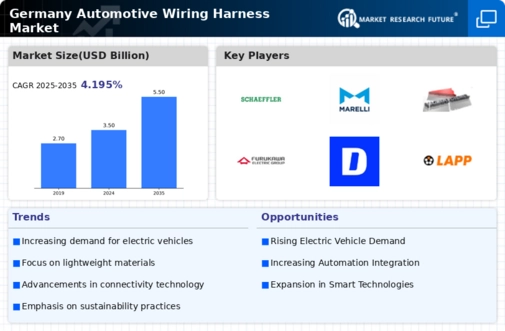
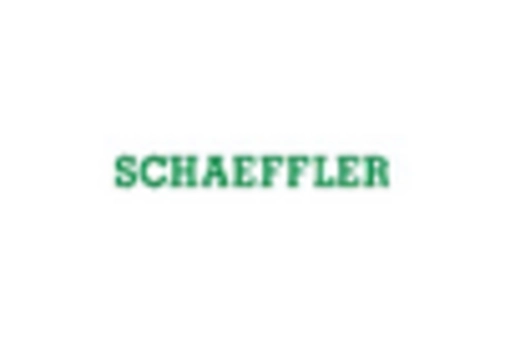
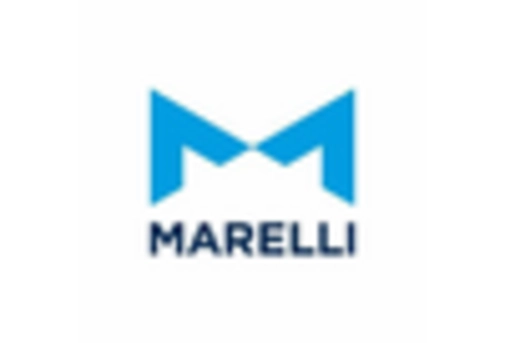
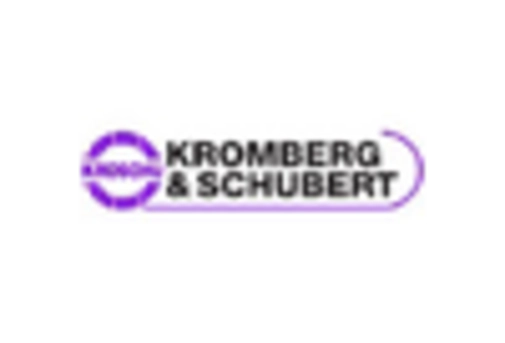

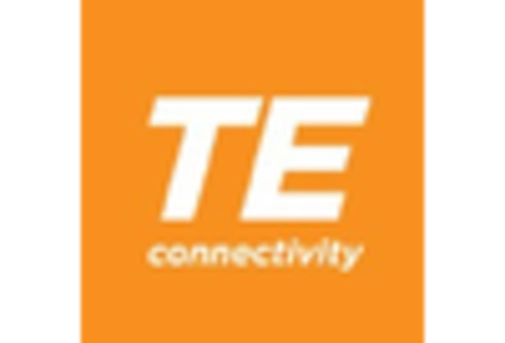













Leave a Comment